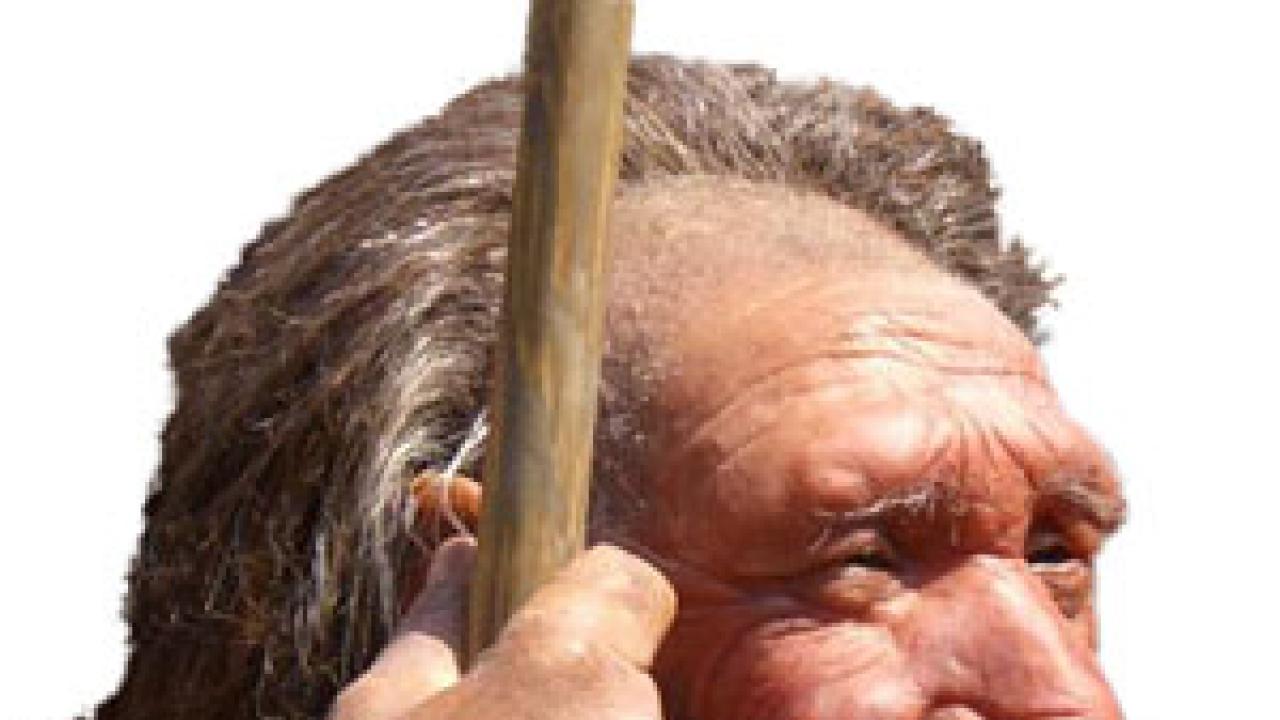
Could Neanderthals speak like we do? The latest analysis conducted by scientists at Elettra Sincrotrone Trieste and ICTP on a Neanderthal hyoid bone found in Kebara, Israel strongly supports this idea. The study, titled "Micro-Biomechanics of the Kebara 2 Hyoid and Its Implications for Speech in Neanderthals", has been published in the online journal PLOS ONE and illustrates the results of a comparison of the biomechanical properties of this bone at the base of the tongue with those of Homo sapiens.
The hyoid bone provides support to the larynx and serves as the anchor for the tongue and other muscles needed--at least in Homo sapiens--to produce speech.
Using microtomography x-rays, the scientists confirmed that the internal microstructure of the Neanderthal bone found in Kebara is similar to that found in modern humans, and that it is typical of a bone subjected to intense and continuous metabolic activity (such as speaking).
"Perhaps the Neanderthals could also dance and sign to the sound of music, as suggested by our recent studies on the flute made from the femur of a bear, found in Slovenia on a site that was frequented by Neanderthals 60 millennia ago," said ICTP physicist Claudio Tuniz, one of the authors of the PLOS ONE study along with Lucia Mancini of Elettra and Ruggero D'Anastasio of the University of Chieti.
















